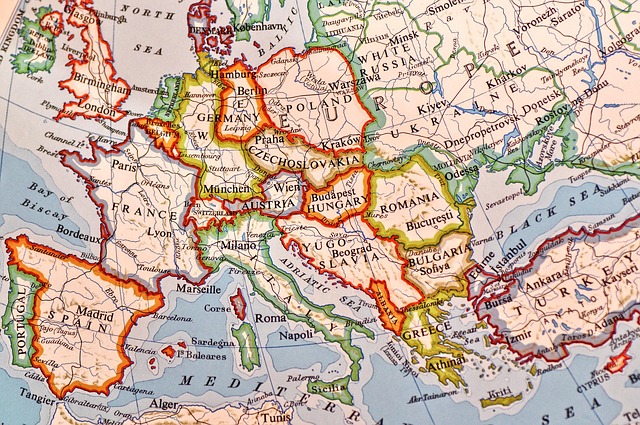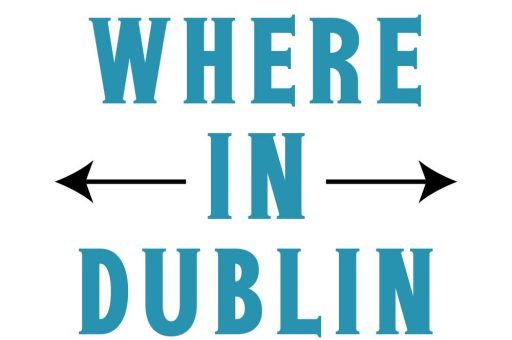
Ireland has always fascinated travelers, history buffs, and geography enthusiasts. Its lush landscapes, winding rivers, and charming towns make it a country worth exploring, and understanding its map can help uncover the secrets of this beautiful island. From my own personal experience, getting familiar with Ireland’s geography transforms how you see the country and plan your trips.
In this guide, we’ll explore Ireland’s map in detail, its provinces, major cities, natural features, and practical tips for navigating this stunning island. Whether planning a trip, studying geography, or just curious, this guide will give a thorough overview.
Let’s Understand Ireland’s Map Here
Ireland is located in Western Europe, occupying most of the island of Ireland. The country is divided into two main political areas: the Republic of Ireland and Northern Ireland. While the Republic of Ireland covers most of the island, Northern Ireland is part of the United Kingdom.
The island itself is roughly oval-shaped, stretching around 486 kilometers from north to south and about 275 kilometers from east to west. Its coastline is famously jagged, with cliffs, bays, and peninsulas that make it visually stunning from the map or in real life.
The Four Provinces of Ireland
Ireland is traditionally divided into four provinces, each with its own unique identity, culture, and geographical features. Knowing the provinces helps in understanding the country’s map better.
1. Leinster
Leinster occupies the eastern part of Ireland and is home to Dublin, the capital city. The province combines urban life with rich history, including castles, ancient ruins, and coastal towns. Rivers like the River Liffey and River Boyne flow through Leinster, creating fertile plains and scenic views.
2. Munster
Munster lies in the south and southwest of Ireland. It is known for its rugged coastline, mountains, and the Cliffs of Moher, which attract millions of visitors every year. Cities like Cork and Limerick are major hubs, while rural areas remain largely untouched and full of natural beauty.
3. Connacht
Located in the west, Connacht is famous for its raw landscapes, including Connemara and Lough Corrib, Ireland’s largest lake. From my own personal experience, driving through Connacht feels like stepping into a postcard—the scenery is that dramatic. Galway, the cultural capital of the west, lies here.
4. Ulster
Ulster covers the northern part of the island, including Northern Ireland. Belfast, Northern Ireland’s capital, is situated here. Ulster is known for the Giant’s Causeway, a UNESCO World Heritage site, and its rich history dating back centuries.
Major Cities and Their Map Locations
Understanding Ireland’s map involves recognizing its main cities and towns.
- Dublin: The eastern capital, cultural and economic center.
- Cork: South, known for food, rivers, and history.
- Limerick: Southwest, rich in medieval castles.
- Galway: West, famous for arts and festivals.
- Belfast: North, historical significance and Titanic Quarter.
Each city is connected by a network of roads and motorways, making it easier to navigate the island.
Natural Features on the Map
Ireland’s charm is not just in cities but in its natural features. Mountains, lakes, rivers, and coastlines define the landscape.
- Mountains: The Wicklow Mountains, MacGillycuddy’s Reeks, and Slieve Bloom Mountains are major ranges.
- Lakes: Lough Neagh, Lough Corrib, and Lough Derg are the largest.
- Rivers: The Shannon, Ireland’s longest river, flows south to north, while others like the Boyne and Lee shape the land.
- Coastline: From the Cliffs of Moher to the Wild Atlantic Way, the coast is a key feature on any map.
From my own personal experience, exploring these natural landmarks using a map first makes the journey far more rewarding.
Navigating Ireland Using Its Map
A detailed map is essential for anyone planning to travel, hike, or study Ireland. Here’s how to make the most of it:
- Road Maps: These show motorways, national, and regional roads. Perfect for driving tours.
- Topographic Maps: Show elevation, mountains, and rivers—ideal for hikers and nature enthusiasts.
- Political Maps: Highlight counties, cities, and provinces. Useful for understanding administrative divisions.
- Tourist Maps: Focus on attractions, landmarks, and scenic routes.
Using the map, you can plan trips that include both urban and rural experiences. Combining city visits with scenic drives along the coast or into the mountains creates a well-rounded Irish adventure.
Fun Facts About Ireland’s Geography
Ireland is full of surprises beyond its map:
- The country is often called the Emerald Isle due to its green landscapes.
- Ireland has 32 counties, 26 in the Republic and 6 in Northern Ireland.
- It’s surrounded by the Atlantic Ocean, Irish Sea, Celtic Sea, and St George’s Channel.
- Despite its small size, Ireland has hundreds of lakes and rivers that enrich its ecosystem.
Tips for Reading an Ireland Map
- Always note the scale, as Ireland’s scenic routes can take longer than expected due to winding roads.
- Check the county boundaries; some attractions may appear close on the map but take longer to reach.
- Use GPS or digital maps alongside traditional maps for real-time updates.
From my own personal experience, blending digital maps with physical ones gives the best sense of direction while exploring Ireland.
Conclusion: Why the Ireland Map Matters
Understanding Ireland’s map enhances travel experiences, whether for driving, hiking, or sightseeing. It reveals the diversity of the island—from bustling cities to tranquil lakes and rugged coastlines. By studying the provinces, major cities, natural features, and road networks, anyone can plan an efficient and memorable journey.
Exploring Ireland with a map in hand feels more immersive. You can spot hidden gems, take scenic detours, and appreciate the geography that has shaped Ireland’s history, culture, and charm.



